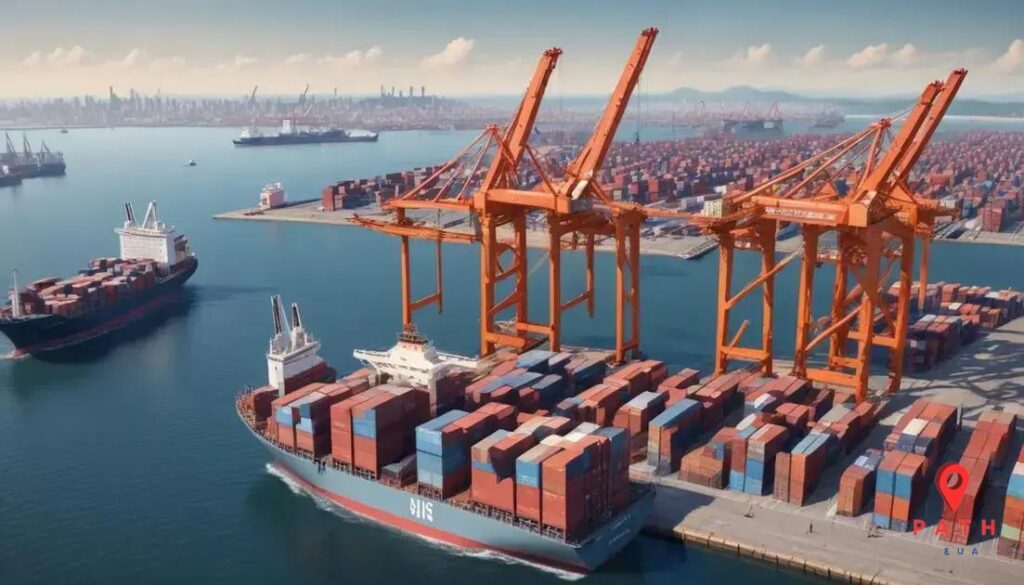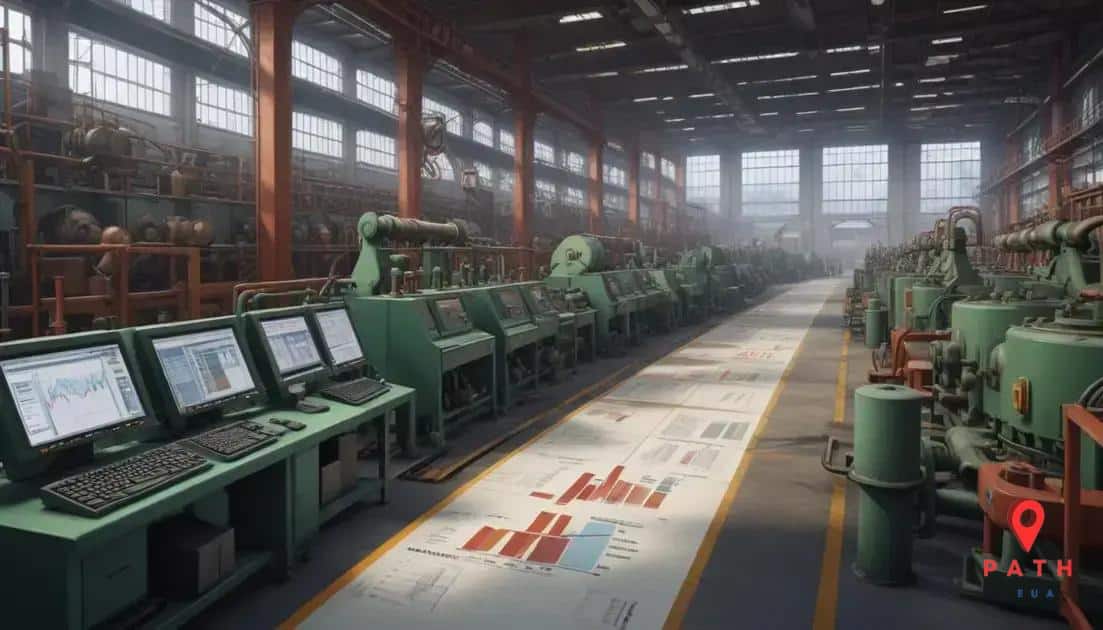US trade deficit concerns: What you need to know

Anúncios
The US trade deficit occurs when imports exceed exports, influenced by consumer demand, currency fluctuations, and trade policies, affecting jobs and the economy.
US trade deficit concerns are becoming increasingly prominent in economic discussions. How does this impact consumers and businesses? In this article, we’ll delve into the factors at play and their potential effects.
| Aspect | Key Point | Impact |
|---|---|---|
| Definition | Imports exceed exports | Creates trade imbalance |
| Key Drivers | Demand, currency, policies | Influence trade volume |
| Economic Impact | Affects jobs and inflation | Reduces local production |
| Solutions | Trade deals and incentives | Encourage US production |
| Future Outlook | Dependent on global policy | Shapes trade balance ahead |
| Consumer Impact | Relies on imported goods | Can lead to rising prices |
Anúncios
Understanding the US trade deficit
The US trade deficit occurs when the value of imports exceeds the value of exports. This imbalance can influence many aspects of the economy.
Several factors contribute to the trade deficit, including consumer demand, currency strength, and global competition. Understanding these factors is key to analyzing the deficit’s implications.
Anúncios
Key Factors Influencing the Trade Deficit
- High consumer demand for imported goods can drive up imports.
- Currency fluctuations affect the prices of imports and exports.
- Competition from foreign markets impacts domestic production.
For a deeper analysis of trade deficits, you can visit the U.S. Census Bureau for official statistics and data.
Factors driving the trade deficit
Several key factors drive the US trade deficit. These contribute to the imbalance between imports and exports.
One major factor is the strong demand for foreign products. Consumers often prefer imported goods, which increases imports. Additionally, the value of the US dollar can impact trade.
Key Factors Driving the Trade Deficit
- The high demand for foreign products increases imports.
- Currency valuation significantly affects export competitiveness.
- Trade policies and tariffs can influence trade balance.
For more detailed information on economic indicators, check the U.S. Bureau of Labor Statistics, which provides important data related to trade and the economy.
Consequences of a growing trade deficit

A growing trade deficit can have significant consequences for the economy. Businesses and consumers may feel these effects in various ways.
One immediate effect is the potential loss of domestic jobs as companies may opt to import goods instead of producing them locally. This can lead to higher unemployment rates.
Economic Consequences of a Growing Trade Deficit
- Decreased production in domestic industries.
- Increased reliance on foreign goods, impacting local businesses.
- Potential inflation as imported goods may become more expensive.
You can find statistics and reports on trade impacts at the U.S. International Trade Commission, which offers valuable insights into trade trends.
Possible solutions to reduce the deficit
Addressing the trade deficit requires strategic solutions that can help recalibrate the balance between imports and exports. Implementing effective policies can drive change.
Several potential solutions can be explored to reduce the deficit, ranging from trade agreements to domestic production incentives.
Strategies for Reducing the Trade Deficit
- Enhancing trade agreements to benefit US exports.
- Incentivizing domestic manufacturing to reduce reliance on imports.
- Investing in emerging technologies to improve production efficiency.
For more comprehensive insights, visit the U.S. Department of Commerce, which provides resources on trade policies and strategies.
Future implications of trade policies
The future implications of trade policies will significantly shape the U.S. economy and global relations. Changes in these policies can lead to varying outcomes for businesses and consumers.
As trade agreements evolve, they may impact tariffs, export incentives, and overall trade balance.
Key Considerations for Future Trade Policies
- Potential for new trade agreements to open access to foreign markets.
- Changes in tariffs may affect the pricing of goods.
- Adaptation to global economic shifts can foster resilience.
For detailed policy information, you can explore the Office of the United States Trade Representative, which provides updates on trade policies and their implications.
In summary, understanding the trade deficit is essential
The ongoing concerns about the US trade deficit highlight the need for awareness and solutions. As we have explored, various factors contribute to this imbalance, impacting businesses and consumers alike.
Possible solutions, such as enhancing trade agreements and boosting domestic production, can help address these issues. Additionally, future trade policies will shape economic outcomes for years to come.
Staying informed about trade dynamics will enable businesses and consumers to navigate the complexities of the market and adapt to changes effectively. It is vital to engage with these developments and understand how they may affect you.
FAQ – Frequently Asked Questions about the US Trade Deficit
What is the US trade deficit?
The US trade deficit occurs when the value of imported goods exceeds that of exported goods, leading to an economic imbalance.
What factors contribute to the growing trade deficit?
Key factors include strong consumer demand for foreign products, currency fluctuations, and trade policies that may favor imports.
How can the trade deficit affect the economy?
A growing trade deficit can lead to job losses in domestic industries, increased reliance on foreign goods, and potential inflation.
What solutions can help reduce the trade deficit?
Solutions include enhancing trade agreements, incentivizing domestic production, and investing in technology to improve efficiency.